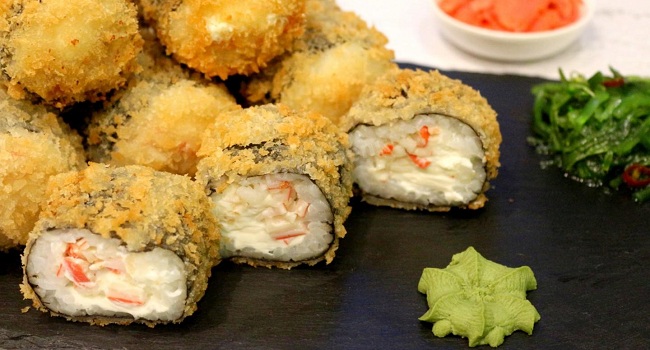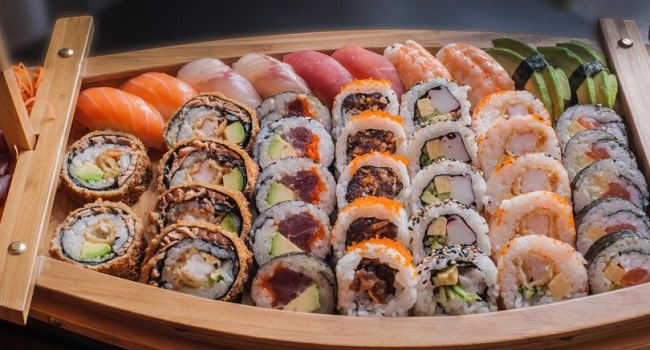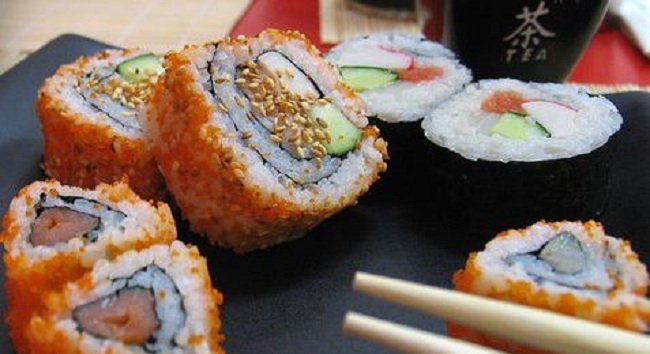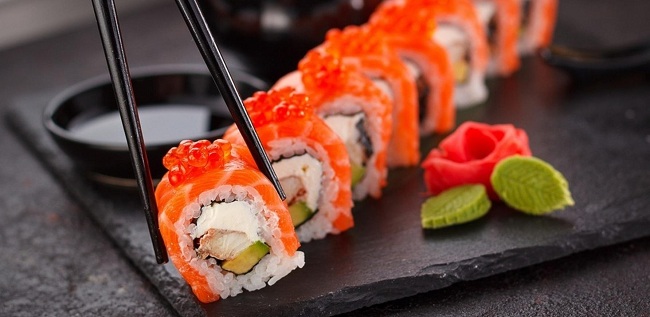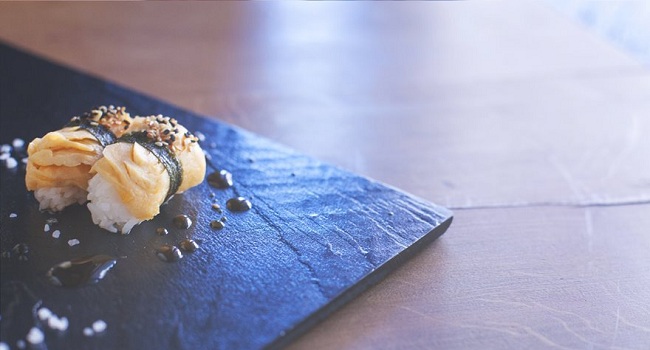Cronut was yesterday, now there are sushi donuts! The light alternative to the greasy classic is because they do not require any sugar or deep fryers. So instead of a maki roll, there are rice donuts. Will the trend from Australia also come to us?
The endless circle

Sushi is sushi is sushi? Are you kidding me? Are you serious when you say that! There’s a new trend for sushi lovers: the sushi donut! Instead of always having the same rolls, sushi is now also served in the form of donuts. It was invented by Australian food blogger Sam, who shared the sushi donut on her Instagram account @sobeautifullyraw.
In fact, the shape is the only similarity to the sweet donut. Because the sushi donut consists of classic rice and is then topped with typical sushi ingredients: sesame, avocado, ginger – as you like.
Everyone is already crazy about the rings and of course, people are already diligently posting the rings on Instagram! Even the American health food chain Wholefoods has jumped on the sushi donut bandwagon and is now selling the rice donuts itself.
Healthy donuts?
So to speak, there is a lot of goodness in the trend food: carbohydrates, proteins, fiber, unsaturated fatty acids, and numerous vitamins. In addition, sushi is low in calories and fat. Sam’s creation is vegan, but that’s up to you.
If you fill it with fresh fish in the traditional way, you get a good portion of important protein, healthy fatty acids, and valuable minerals. Avocado is also super healthy because the unsaturated fatty acids help the body break down fat.
And for dessert? Sam already has a suggestion for that: sushi macarons! Have you got the urge to recreate a sushi donut? No problem, we’ll show you how to do it on the next page.
The sushi donut recipe
Ringing yourself
Numerous sushi donut creations have already been posted on Instagram because Sam also shared the recipe. So why not try it yourself?
That’s how it works:
- Brush a donut mold with coconut oil and press in the chilled sushi rice.
- Now simply turn the mold upside down and the rice ringlet is ready.
- There are no limits to your creativity when it comes to decoration. Sam topped her creation with black sesame, ginger, wasabi, cashew mayonnaise, and avocado. And the sushi donut is ready!

In any case, we are curious to see whether the trend will also catch on in Germany – it would certainly be delicious!



